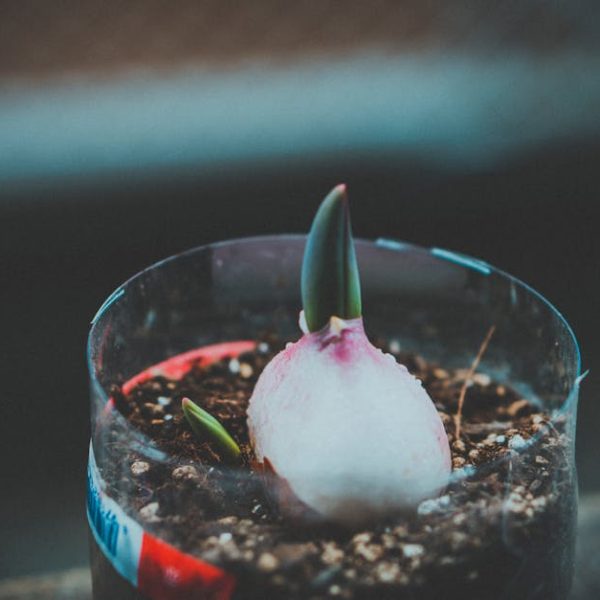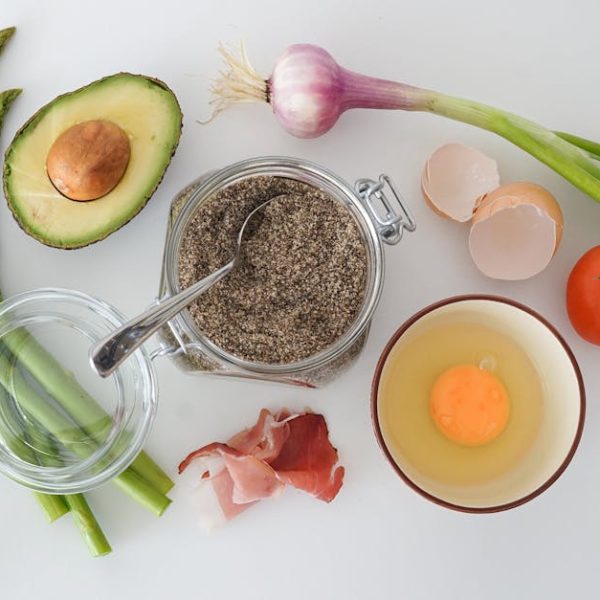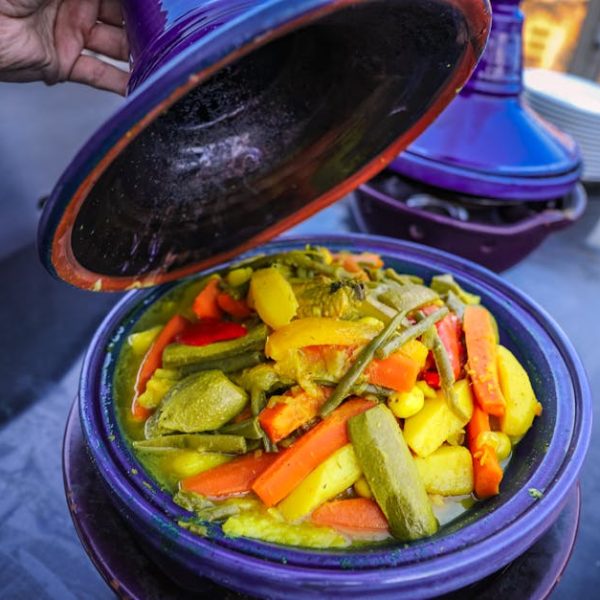When it comes to potatoes, don’t be fooled into thinking all types are the same. Each variety comes with its unique characteristics that can significantly influence your culinary outcome. Knowing the chief attributes of the six main potato types – Russet, red, yellow, white, purple/blue, and fingerling – will equip you with the culinary knowledge to walk into any kitchen or grocery store with confidence.
Russet potatoes are your tried-and-true classic, typified by their rough brown skin and notable size. They’re high in starch, making them perfect for fluffy, oven-baked potatoes or crispy, deep-fried French fries.
Red potatoes, recognizable by their vibrant red skin and commonly smaller in size, offer a waxy, creamy texture perfect for boiling or roasting.
Yellow potatoes deliver a buttery, hearty flavor in a compact package, and white potatoes are your universal option, interchangeable in many recipes.
Adding a twist to your menu, purple/blue potatoes set themselves apart with their striking color and earthy flavor, while fingerlings are small and elongated, most enjoyed when roasted or pan-fried.
Pro Tip: Russet potatoes are your best bet for deep frying, while creamy reds and yellows are ideal for adding substance to dishes such as potato salad or au gratin.
Characteristics of Each Potato Variety: The Good and The Bad
Dissecting into each potato type, we dive into the flavor, texture, color, size, shape, and starch content, exploring the qualities that make each variety idiosyncratic.
Russets, for instance, are staples in many households, proven reliable for their inherent fluffiness and absorbent flesh. However, their high-starch content translates to a shorter shelf-life. On the other hand, red potatoes carry a firm, waxy texture that holds well under heat, ideal for roasts and grilled dishes. Still, their thin skin lacks the crunch that many desire in baked or fried dishes.
| Potato Type | Pros | Cons |
|---|---|---|
| Russet | Fluffy texture, great for baking and frying | Shorter shelf-life due to high starch content |
| Red | Hold shape well when cooked, ideal for roasts and grills | Thin skin lacks crunch in baked or fried dishes |
Best Practices: Store Russets in a cool, dark, well-ventilated area, away from more ethylene-gas producing fruits to prolong their freshness. Reds, on the other hand, enjoy refrigeration, preserving their texture and taste for longer.
Selecting The Right Potato For Your Dish
Are you looking to perfect your roasts, mash, or salads? The secret lies within the very ingredient – the potato type.
Each potato carries inherent qualities that lend themselves to different cooking methods. Russets, as we know, excel when baked or fried, thanks to their high-starch content. For the perfect mash, however, consider yellow potatoes for their buttery, silky texture.
Checklist: When selecting potatoes, consider the desired texture (creamy or mealy), cooking time (more or less starchy), flavor input (mild or rich), and the nutritional needs of your family.
Knowing The Seasonality of Potatoes
Potato seasonality is influenced by factors such as weather conditions and geographical region. Majority of potatoes are harvested in the fall with some varieties available throughout the year.
In warmer regions, many potatoes, including red and white varieties, are harvested in spring and are known as new potatoes. However, russet potatoes are mostly harvested in the fall, yielding a crop that can be stored and enjoyed year-round.
Purple/blue and fingerling potatoes are specialty types which are not as widely grown, making their availability more season-dependent.
Best Practices: Choose potatoes with a firm texture and no signs of sprouting or green discoloration, especially during their off-season.
Frequently Asked Questions: How Well Do You Know Potatoes?
Question: How should I store potatoes to maximize freshness?
Store potatoes in a dark, cool, and well-ventilated area, away from onions or other fruits that release ethylene gas which can accelerate spoilage.
Question: Which potatoes are best for which cooking methods?
Russet potatoes are great for baking and frying while red and yellow potatoes serve well when boiling or roasting. Fingerlings perform excellently when pan-fried or roasted.
Question: Are potatoes nutritious?
Yes, potatoes are rich in potassium, vitamin C, and dietary fiber, although nutritional values vary among types.
Pro Tip: Avoid washing potatoes until just before use as this can hasten spoilage; likewise, cut away any green spots before cooking as these can contain toxins.
By understanding the unique qualities and best uses of different potato types, as well as how to store and select for freshness, you are well-equipped to master a variety of dishes and make the best out of your cooking journey. Start experimenting with different potato types and see how your culinary creations excel.
Key Takeaway:
- There are six primary types of potatoes—Russet, red, yellow, white, blue/purple, and fingerling—each with a unique composition, texture, and flavor, best suited for specific dishes.
- Russet potatoes are great for frying or baking, while yellow and red potatoes work well in salads or au gratin.
- The potato type plays a role in how a dish tastes and feels, with factors like starch content, flavor, and texture influencing the final result.
- Potatoes have a seasonal nature, influenced by weather conditions and geographical region—with most harvested in the fall—although some, like red and white potatoes, are harvested earlier in warmer areas.
Lastly, we want to reassure you that despite their complexity, potatoes make an excellent and versatile staple in our diets. Understanding their characteristics and best uses will help you advance your culinary skills and create dishes that truly please the palate. So don’t hesitate, and experiment with the varieties to discover your favorites!
FAQs
Q: Are some potatoes healthier than others?
A: While all potatoes offer nutrition, some varieties are richer in certain nutrients than others. For instance, purple/blue potatoes have higher concentrations of antioxidants, while Russet and white potatoes are a good source of Vitamins C and B6.
Q: Should potatoes be refrigerated?
A: It’s best to store your potatoes in a cool, dark, well-ventilated space, rather than in the refrigerator. The cold of the fridge can turn their starch content into sugar, altering their flavor and color.
Q: Why do some potatoes turn green?
A: Potatoes turn green when exposed to light. This green color indicates the presence of solanine—a bitter, mildly toxic compound. So, always ensure to remove the green parts before consuming the potato.
Q: Can I eat potatoes raw?
A: Eating raw potatoes is not recommended as they can be hard to digest and may contain anti-nutrients or harmful bacteria.
Q: How can I prevent potatoes from going bad?
A: Storing them correctly is crucial to prevent spoilage. Make sure to store your potatoes in a cool, dark, well-ventilated place away from onions and fruits, as they emit a gas that can cause potatoes to spoil faster.
Feel free to explore more such enriching articles on our website and share them with your fellow food enthusiasts. Enjoy your potato exploration journey!






